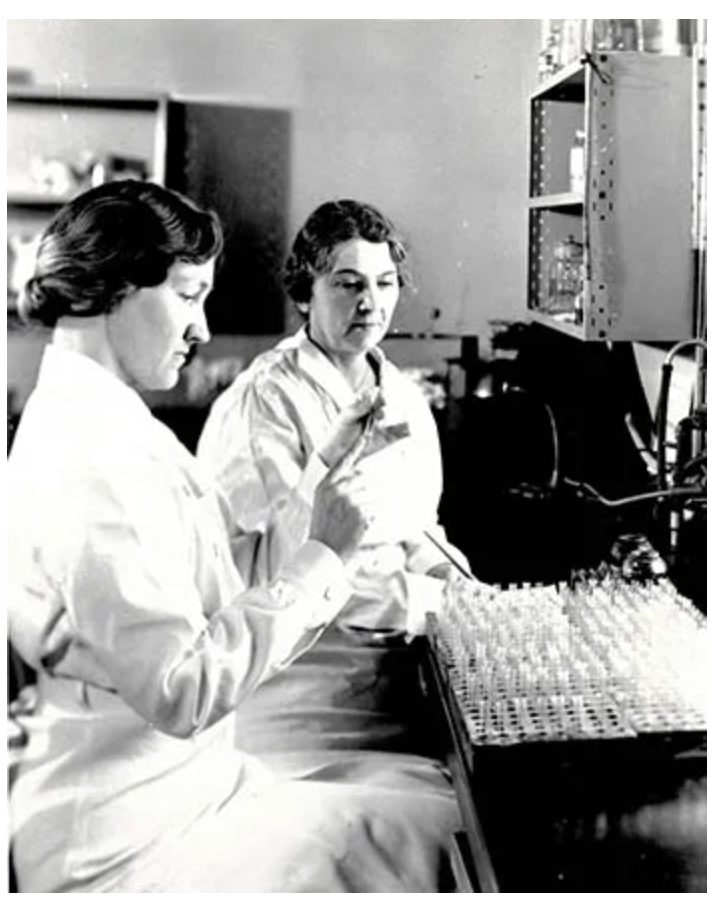Few advancements in biomedical sciences hold as much promise for revolutionising cancer research as CRISPR-Cas9. This ground-breaking gene-editing tool has sparked a wave of innovation, offering precision and efficiency in manipulating the human genome in the fight against cancer.
Now, what is it? CRISPR is basically an acronym for a very long name Clustered Regularly Interspaced Short Palindromic Repeats Associated Protein 9 or CRISPR-Cas9 for short. It was found in simple organisms such as archaea and bacteria. Interestingly, this is a component of bacterial immune systems that can cut DNA. So, this feature was proposed for use as a gene editing tool, a kind of precise pair of molecular scissors that can cut a target DNA sequence. So, the CRISPR-Cas9 scissors allow us to precisely edit the DNA sequence of living organisms by adding in (knock-in) or removing (knockout) a gene of interest.
For cancer research, for example, the CRISPR-Cas9 scissors can be used to introduce therapeutic genes or correct mutations associated with cancer predisposition syndromes. Meanwhile, those scissors can also disrupt genes involved in treatment resistance, sensitising cancer cells to existing therapies.
Jennifer Doudna and Emmanuelle Charpentier have won the 2020 Nobel Prize in Chemistry “for the development of a method for genome editing.”. A nice accompanying piece was published in The Conversation, highlighting the history of these scissors and the politics behind it.
Jennifer Doudna explains this revolutionary genetic engineering tool in a TED lecture. However, she warns:
“All of us have a huge responsibility to consider carefully both the unintended consequences as well as the intended impacts of a scientific breakthrough.”
I hope you enjoyed it!
Witten by Rabia Saleem












